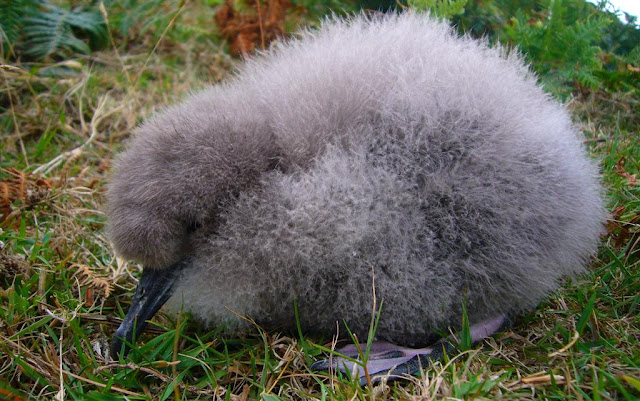The first returning Groppers have been typically skulking. This one outside our house in the early hours showed for just long enough to make out the relatively fresh tips to the primaries which suggest that this is a bird hatched this year. The majority of autumn records tend to be of this age, perhaps suggesting, as mentioned below for Willow Warblers, that younger less experienced birds make shorter journeys and stop off more often as they don't accumulate enough fat reserves for long flights. (c) Richard Brown
Despite some quite intensive moth trapping over the last decade or so, it seems there are still many species of common garden moth which are exceedingly rare on Bardsey, or even yet to be recorded. The Bordered Beauty (above) was only the third for the island and the Double Dart (below) was the first. Immigration from the nearby mainland on the recent light northerly winds seems the most likely explanation for why these common moths have just appeared. (c) Richard Brown
We decided to make the most of a quiet afternoon by ringing some Manx Shearwater chicks. With over 15,000 pairs on the island, most with a single chick down a single burrow, you'd be forgiven for thinking this was an easy, straightforward task. But the burrows which the Manxies excavate can be deep and awkward, and a few inconsiderately placed rocks and right angle bends in the tunnels made finding the chicks an epic task. Some of them are becoming quite fat but still have another 25 or so days left in their burrows before they make their first flight. The grey down which covers their body like a giant fleece insulates them well from the damp conditions in their burrow. We take wing length measurements as well as weights and this allows us to calculate their age and how well they are being fed. This particular chick is around 50 days old, and weighed over half a kilogram! (c) Richard Brown






No comments:
Post a Comment